Disston Bevel Type Studies
Shown here are type studies for the wooden handled bevels made by Disston & Morss and Disston & Sons. Both names represent the same company, and their products are continuous. Disston & Morss was the trade name used for measuring tools while Joab Morss ran that department until his death in 1879.
Unlike Stanley, Disston offered several different models of wood handled bevels. The No5 used a slotted screw to tighten the bevel, but never sold well. Virtually every Disston bevel found today is either a model No1 or a No2. Both were sold at the same price for most of the time they were offered. The No 1 was slightly beefier and had a more traditional thumbscrew, and later, no handle recesses for the thumbscrew or lever. The No2 featured ornate cast thumbscrews of various designs and later featured handle recesses for flush locking.
Some of the variations are shown with illustrations of the trademarks commonly found on them. Just because a trademark is shown does not mean that every bevel of that variation will have one. Disston sold many unmarked bevels to third parties for resale. Other variations seem to never be found marked at all.
Between the three models, their types and variations, there are 19 distinct designs to be found (that I am aware of).
The No 2 was one of the few manufactured bevels of its time offered in a 18” size. These are uncommon and do not follow the types shown below. The thumbscrew is extra-large and has its own style shown here.
Dates in this type study are approximate, and when possible follow the catalog year a type or variation was introduced. Known Disston catalogs can have wide gaps between editions, and this increases uncertainty. Some assumptions are made based on the relative scarcity of variations if catalog illustrations are not available. If you have evidence which could affect the dates shown here, please contact me.
Page Last Updated July 6, 2025: Adjusted the type study for the No 1 to reflect new date evidence and better corelate the types to match the Disston Square type study.
No 1

Type 1 : 1850-1855
This earliest type uses mahogany for the handle with screws used to attach the top plates. The thumbscrew uses a traditional oval style with knurling at the base. The bottom plates are triple stacked and are relatively short. The end of the blade is beveled at around 22 degrees. There can be variation in the exact shape and knurling of the thumbscrews, and other examples may not exactly match the one shown here. A relatively large stamp which startes with "MADE BY" is stamped parallel to the direction of the handle. (14", 12", 10", 8", 6")
[Full]
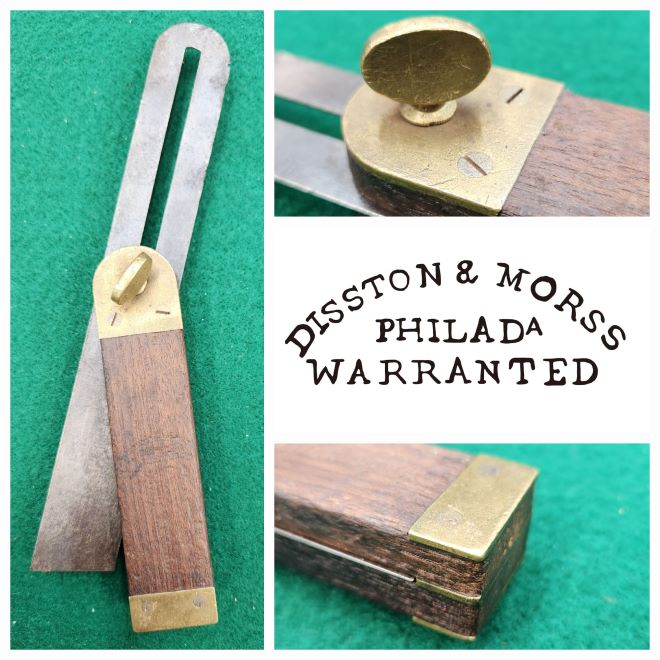
Type 2 Var A : 1855-1870
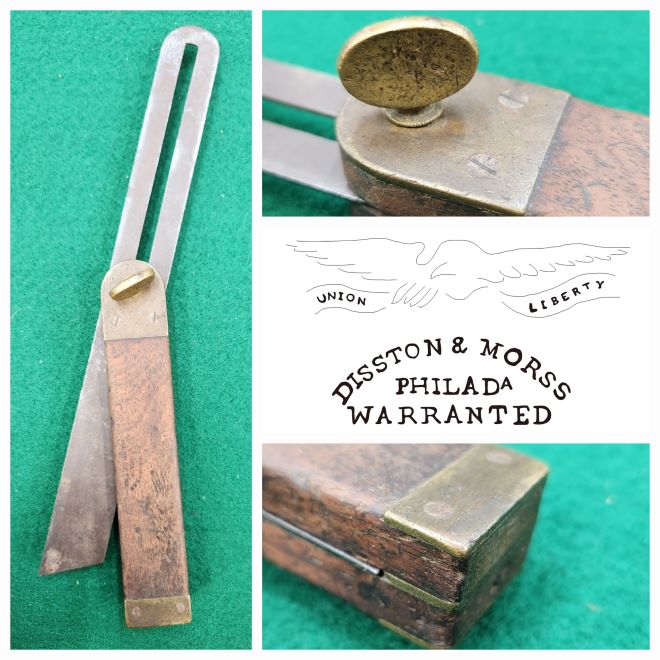
Type 2 Var B : 1855-1870
Type 2 is physically the same as Type 1, but with a new style of mark on the handle. This mark is smaller than Type 1 and is stamped perpendicular to the handle direction. Variation A is fairly common. The author has only ever seen one example of Variation B. (14", 12", 10", 8", 6")
[Var A Full] [Var B Full]
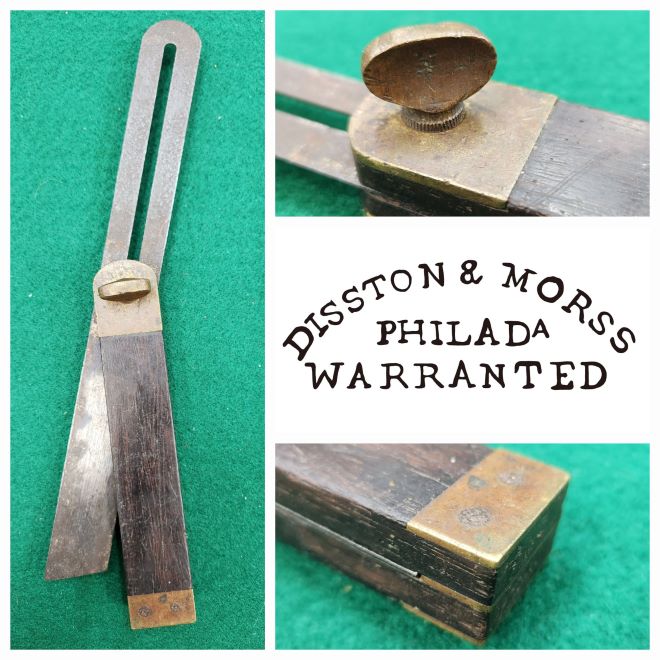
Type 3 : 1870-1885
Type 2 is essentially the same as type 2 Variation B, but with a rosewood instead of mahogany handle and the loss of screws to attach the upper plates. There can be variation in the exact shape and knurling of the thumbscrews, and other examples may not exactly match the ones shown here. (14", 12", 10", 8", 6")
[Full]
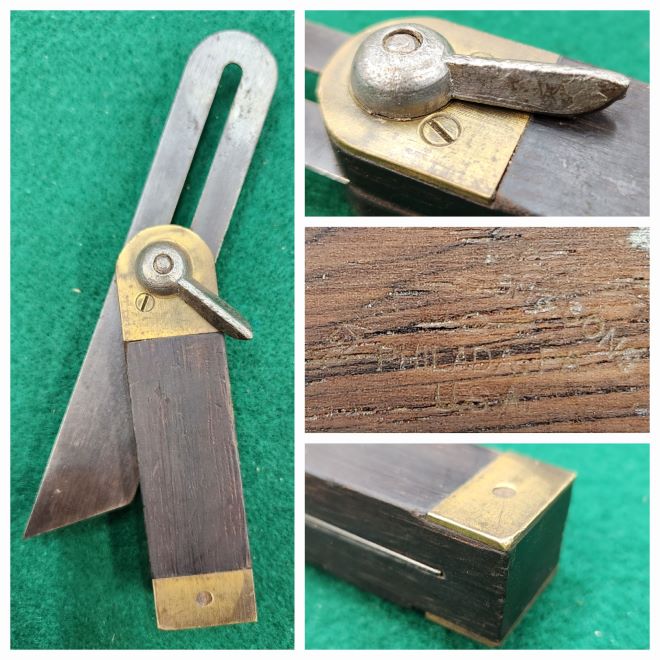
Type 4 Var A : 1885-1891
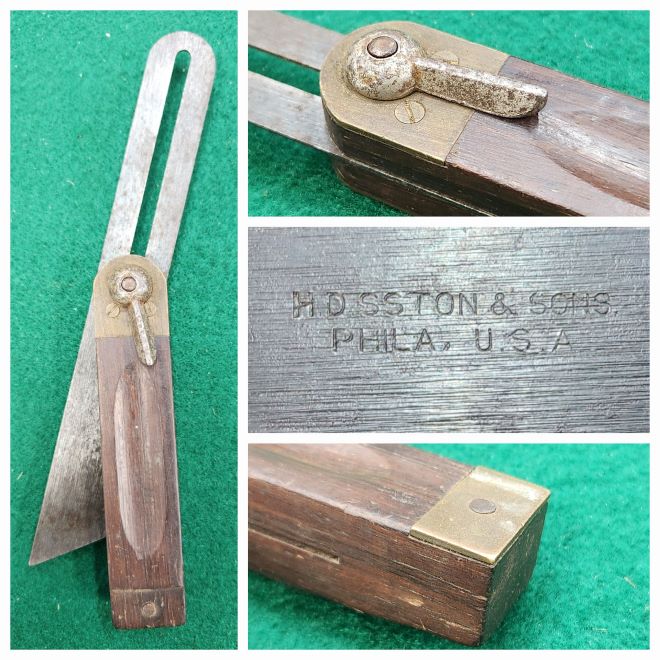
Type 4 Var B : 1891-1911
Type 3 makes a significant change to the thumbscrew, opting for a less refined flat thumbscrew with a large base. These are often poorly cast and show the rough casting seam along the top edge. The middle bottom plate is also removed resulting in a one-piece handle now. The end of the blade is now beveled at 45 degrees. The difference between Variations A and B is the number of pins used to retain the bottom plates. Variation A uses 2 pins while Variation B uses a single pin. (14", 12", 10", 8", 6")
[Var A Full] [Var B Full]
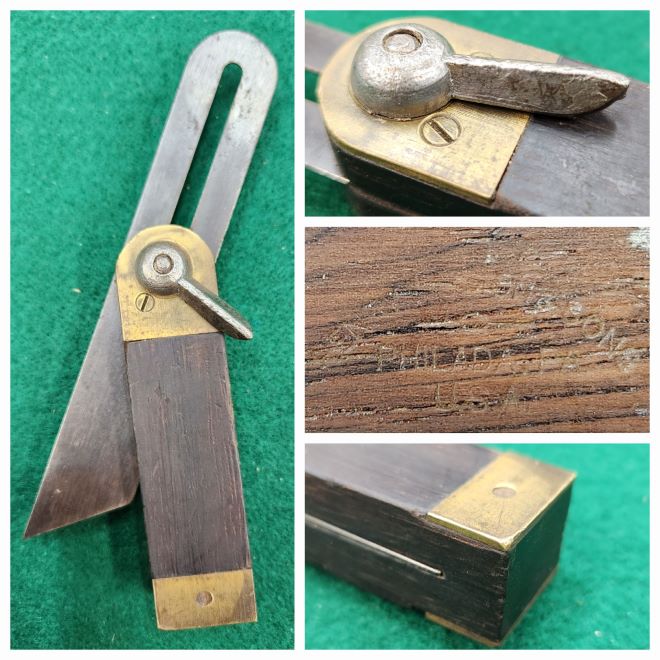
Type 5 Var A : 1911-1918

Type 5 Var B : 1918-1925
Type 5 represents another significant change in the move from thumbscrews to nickel plated levers. Screws are once again used to attach the upper plates. Variation B adds the groove to the handle shortly after Stanley’s patent on this design expires. Type 5s of this model are the same as Type 4s of the Model No2, except that these do not have a recess at the top of the handle for the lever. Model No1 was discontinued before a redesign of the lever could occur. (14", 12", 10", 8", 6")
[Var A Full] [Var B Full]
No 2
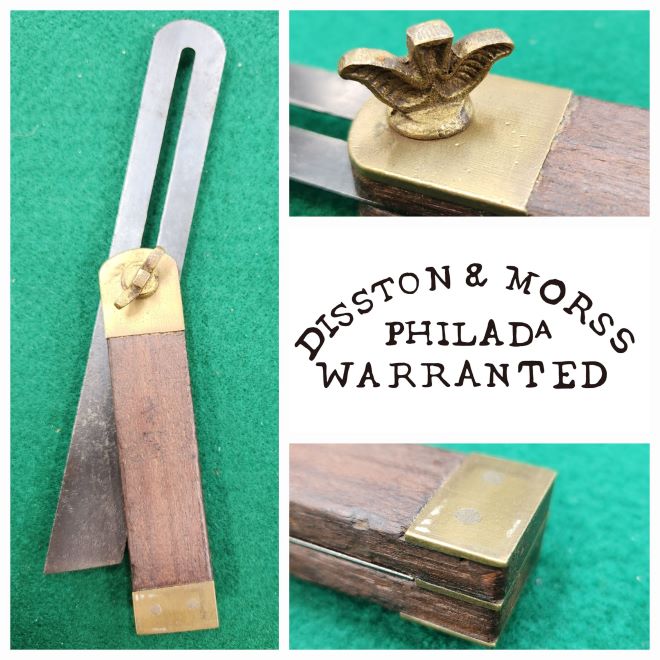
Type 1 : 1870-1879
Type 1 uses a stylized thumbscrew cast in the shape of two pointed leaves. No screws are used to hold on the top plate and a triple bottom plate is used attached with two pins. The end of the blade is beveled at 22 degrees. The handle is made of rosewood, as are all the Types of the No 2. (14", 12", 10", 8", 6")
[Full]
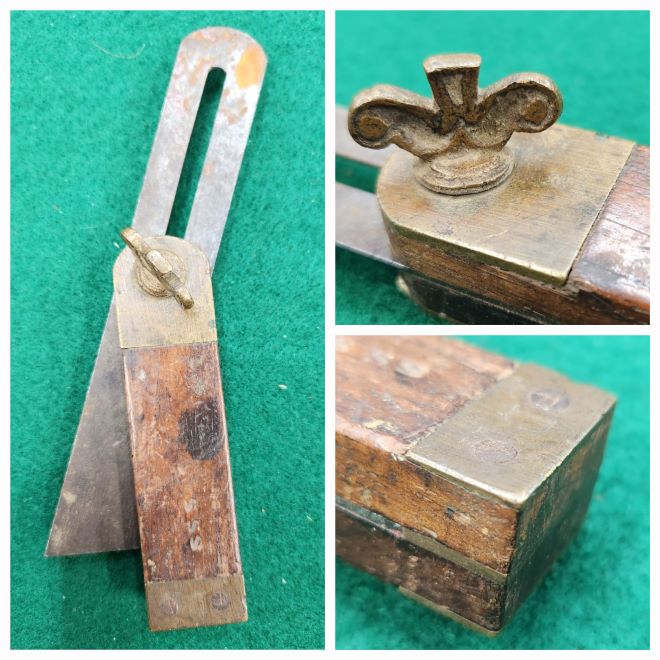
Type 2 : 1879-1885
Type 2 differs from Type 1 only in the thumbscrew. While very similar to the Type 1, the ends of the leaves are now curled instead of pointed. These are frequently poorly cast, with very rough details within the leaves. People frequently also refer to these as looking like a crown. (14", 12", 10", 8", 6")
[Full]
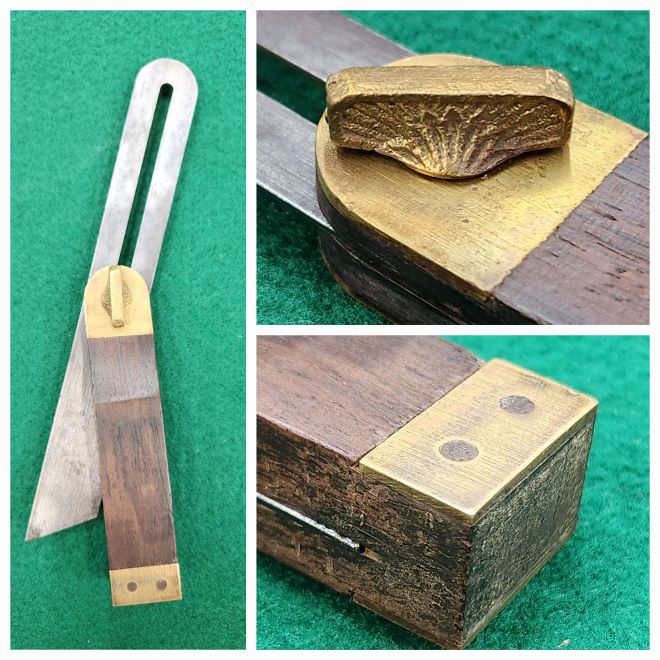
Type 3 Var A : 1885-1891
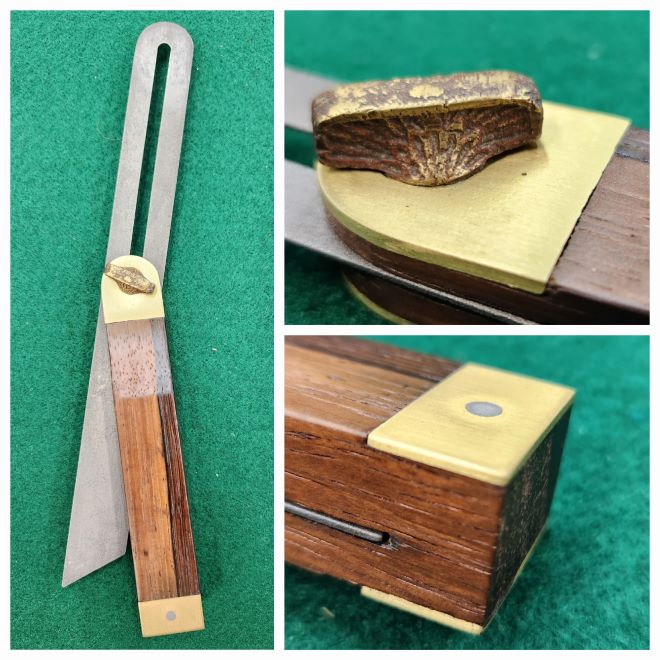
Type 3 Var B : 1891-1905
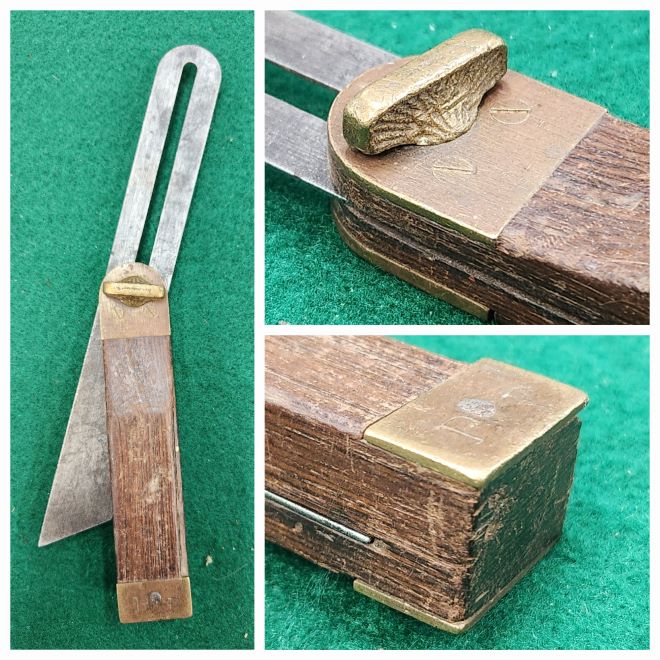
Type 3 Var C : 1905-1911
Type 3 moves to yet another ornately cast thumbscrew. This one is low and rectangular with a floral motif, also sometimes described as a sunburst. The upper portion of the handle is also thinner that the rest, allowing the thumbscrew to be recessed. This allows the bevel to lay on any side without the thumbscrew interfering. The middle bottom plate is also removed resulting in a one-piece handle now. The end of the blade is now beveled at 45 degrees. Variation Auses two pins to attach the bottom plate. Variation B uses one pin to attach the bottom plate. Variation C uses screws to attach the top plate. Variation B is the most common, followed by A then C. (18", 14", 12", 10", 8", 6")
[Var A Full] [Var B Full] [Var C Full]
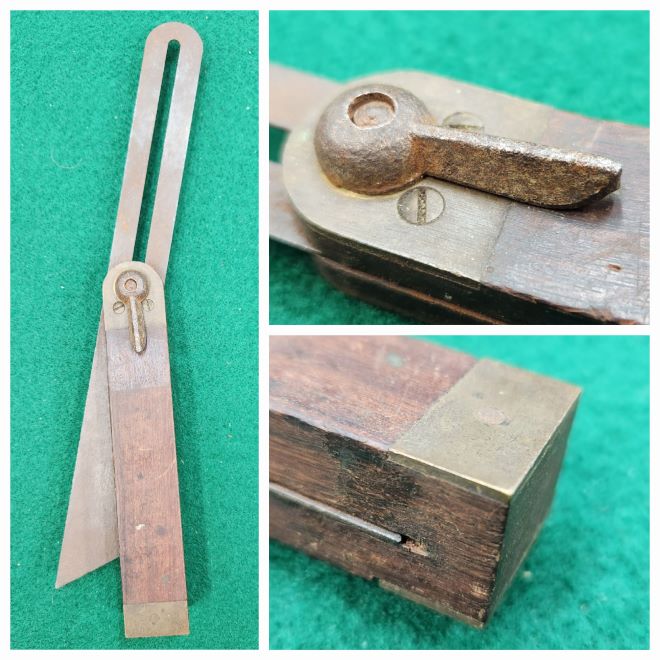
Type 4 Var A : 1911-1918

Type 4 Var B : 1918-1940
Type 4 represents another significant change in the move from thumbscrews to nickel plated levers. Screws are once again used to attach the upper plates. Variation B adds the groove to the handle shortly after Stanley’s patent on this design expires. Type 4’s of this model are the same as Type 4’s of the Model No 1, except that these have a recess at the top of the handle for the lever. (18", 14", 12", 10", 8", 6")
[Var A Full] [Var B Full]
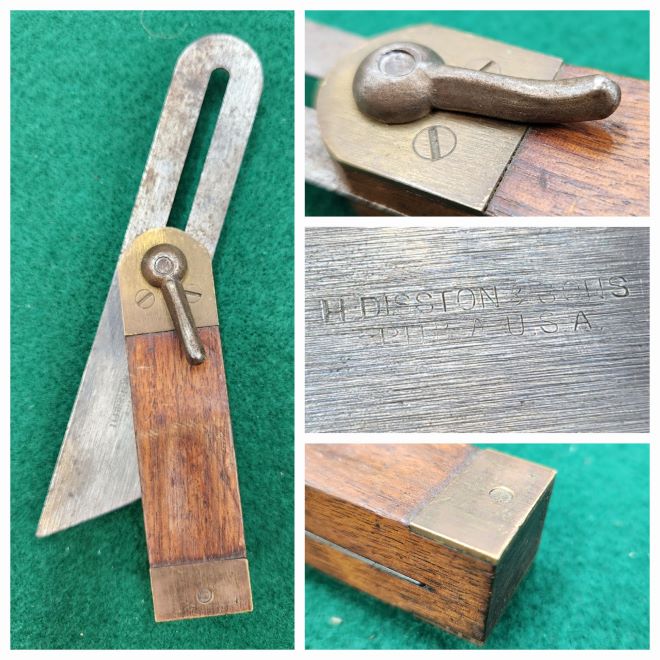
Type 5 : 1940-1955
Type 5 is the same as Type 4 Variation B, but with a new lever design. The new lever is more cylindrical with a slight raise at the end, facilitating easier pushing of the lever. (14", 12", 10", 8", 6")
[Full]
No 5
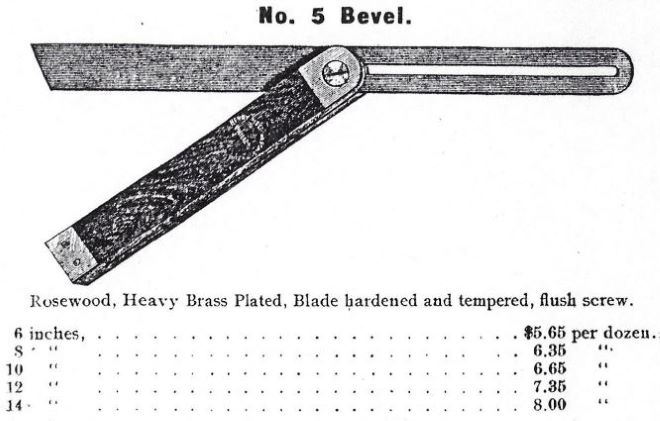
Variation A : 1904-1911
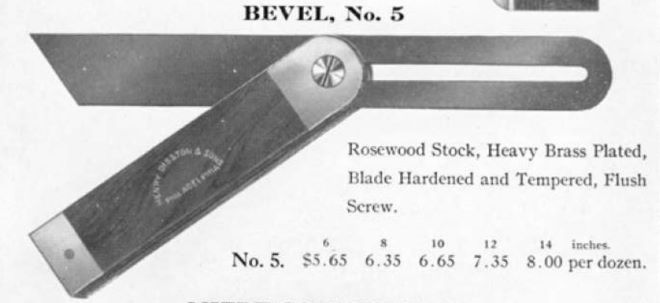
Variation B : 1911-1918

Variation C : 1918-1923
The Model No 5 is somewhat of an oddity. Flush screw locking bevels were a decidedly English design style which had never been the norm in America. The few American makers who did make them were English immigrants in the early half of the 1800’s. Why Disston decided to resurrect this style in the 20th century is unclear. They are not common and likely were not strong sellers. Variation A uses two pins to attach the bottom plates, while B uses only one pin. Variation C adds the groove to the handle. (14", 12", 10", 8", 6")